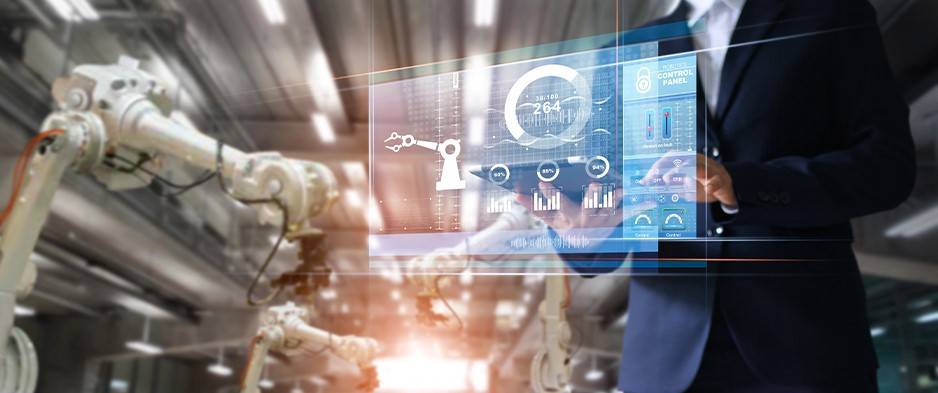 All procedures and tools that allow factories and systems that run automatically fall under the category of automation technologies. These consist of various tools and equipment. Minimal human intervention is required in automation technologies.
All procedures and tools that allow factories and systems that run automatically fall under the category of automation technologies. These consist of various tools and equipment. Minimal human intervention is required in automation technologies.
Electrical and mechanical engineering are both included in the diverse field of engineering. Automation aims to make it possible for machines and plants to carry out job operations effectively and with little error. Based on the complex systems involved, different levels of automation could be accomplished.
The less human intervention required to control the process, the greater the level of automation technologies. It’s crucial to increase the capacity of the central components if one wants to improve the performance of the systems.
Early Beginnings of Automation Technologies
Automation made its first appearance back in the eighteenth century. The entirely automated loom was created by Edmond Cartwright in 1785. His discovery made it possible to create fabrics with regular patterns using perforated wooden boards. Initially, a crank handle that was turned by two strong men powered the loom.
The loom, which is a prime example of the fundamental mechanization principle, marked the first significant development of the future textile industry.
James Watt created the first building blocks of modern control devices a little later, in 1788. The centrifugal governor, a component used to regulate the speed of steam engines, was a concept he brought from the milling industry to mechanical engineering.
The Necessity of Using Automation Technology
Automation is typically used to reduce labour costs or to take the place of people in the most routine or menial jobs. Although automation is present in almost all industries and market segments, it is more common in the manufacturing, utility, transportation, and security sectors.
For instance, robotic assembly lines are used in the majority of manufacturing facilities as an automated procedure. Only the procedures need to be defined and overseen by humans; the machinery automatically transforms raw materials into completed goods and is in charge of assembling the various components.
Some Examples of Automation Technologies
A software script in the field of information technology can test software and generate a report. Additionally, there are numerous software solutions on the market that may produce code for a program. Users merely need to specify the process and configure the tool.
Another novel type of top-notch automation is the integration of advanced business intelligence into applications. Automation has significantly increased productivity in various industries over the past few decades, saving both money and time.
Automation can be found in a variety of applications in our daily lives, from the most basic to the most complicated. Common examples include the early automatic telephone switchboards, residential thermostats that manage boilers, electronic navigation systems, and the most sophisticated algorithms used in self-driving cars.
Utilization of Automation Technologies in Various Fields
- Home automation: This type of automation enables control and administration of gadgets and appliances inside a home by combining hardware and software technologies.
- Office automation: This refers to the process of digitizing, storing, processing, and communicating the majority of routine operations and processes in a typical office utilizing computers and software.
- Website Testing Settings: This type of automation consists of streamlined and standardized configuration changes that take place throughout the development process.
- Data Center Automation: This enables software programs to handle the majority of data centre activities. This includes lights-out and various other functions.
Software code is tested automatically as part of quality assurance by scripts and other automation tools.
Future Knowledge of Automation Technologies
Automation technologies influence is growing quickly at both the machine layer and the software/hardware layer. This sector’s development is accelerating dramatically due to the use of new machine learning and artificial intelligence technology. People who are interested in this sector can visit the websites of automation service providers and contact can contact professionals for further assistance.

Founder Dinis Guarda
IntelligentHQ Your New Business Network.
IntelligentHQ is a Business network and an expert source for finance, capital markets and intelligence for thousands of global business professionals, startups, and companies.
We exist at the point of intersection between technology, social media, finance and innovation.
IntelligentHQ leverages innovation and scale of social digital technology, analytics, news, and distribution to create an unparalleled, full digital medium and social business networks spectrum.
IntelligentHQ is working hard, to become a trusted, and indispensable source of business news and analytics, within financial services and its associated supply chains and ecosystems









